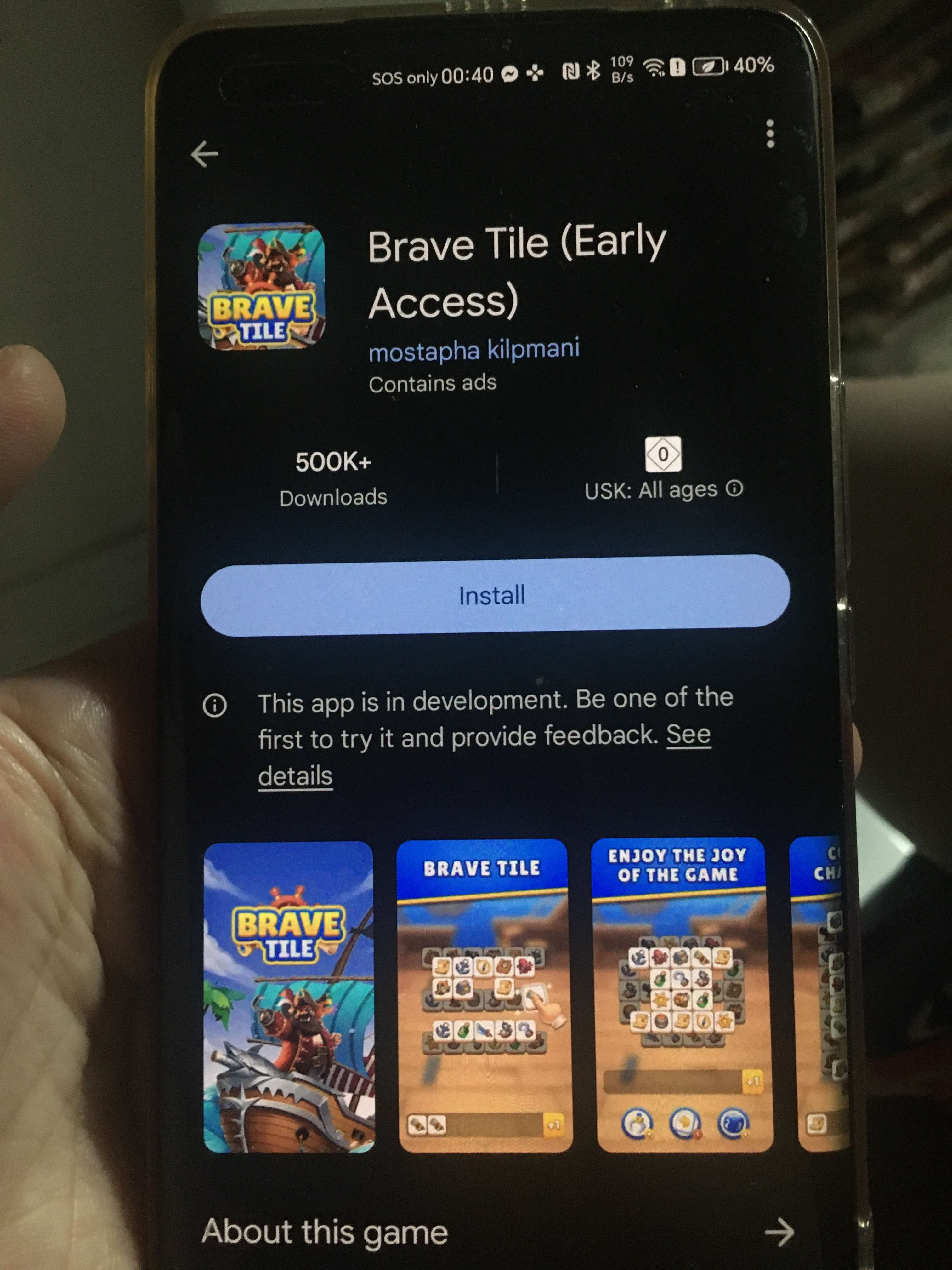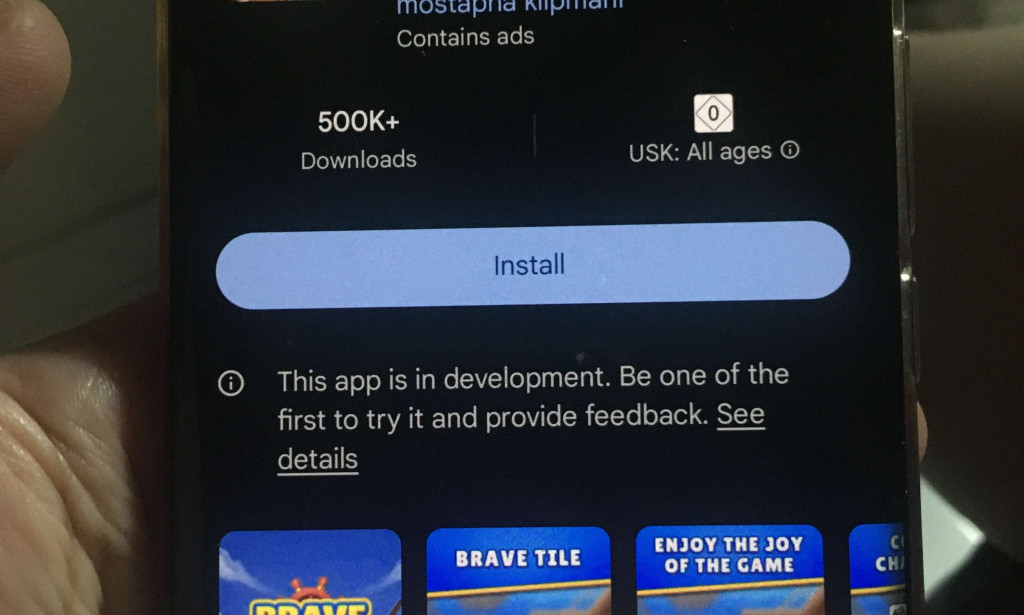Brave tiles

Brave Tile has built a reputation among players with its enticing promise: reach Level 3 to cash out your winnings. However, my experience—and feedback from other users—suggests that Level 3 might be more of a trap than a legitimate challenge. Below is an in-depth review analyzing why Level 3 may be purposely designed to impede your progress and why this could indicate scam-like behavior.
Introduction
At first glance, Brave Tile appears to offer a straightforward and rewarding gaming experience. The app claims that once you complete Level 3, you’re eligible for a cash-out. But what happens when the challenge you must overcome is intentionally rigged to thwart your success? My personal experience shows that Level 3 is a significant stumbling block, filled with design traps that prevent you from ever reaching the promised reward stage.
The Trap of Level 3: What You Need to Know
Compulsory Completion with Hidden Hurdles
- Mandatory Milestone for Cash-Out:
The game’s structure insists that you complete Level 3 to cash out, making this level a critical barrier. However, the challenge isn’t simply about skill or luck—it seems rigged with hidden obstacles. - Purposefully Difficult Patterns:
As you near the end of Level 3, particularly during the final 10 to 15 moves, you start noticing odd pattern formations that look deliberately skewed. In some segments, you encounter patterns where only two matching tiles appear instead of three. Since the game’s reward system depends on matching three consecutive tiles, these patterns effectively lock you out of the cash-out feature. - Inconsistent and Misleading Gameplay:
The irregular patterns are not mere oversights—they give a strong impression of calculated design flaws. It becomes evident that the level may have been engineered to slow down or completely halt your progress. When you’ve invested significant time (or possibly money) only to discover that the game setup prevents you from forming a winning combination, the whole cash-out promise loses credibility.
User Experience and Red Flags
Here’s a list of some clear red flags that point to potential scam-like tactics within Level 3:
- Unattainable Matching Requirements:
- The level design frequently presents patterns consisting of only two tiles when three are required.
- This discrepancy means that, regardless of your gameplay strategy, certain moments in Level 3 are unwinnable.
- Disproportionate Difficulty Spike:
- The jump in difficulty specifically at the point where cash-out is allowed suggests that the difficulty curve isn’t about challenge—it’s about obstructing your progress.
- Lack of Fair Play and Transparency:
- There is little to no information provided on why these specific traps exist.
- The absence of any remedial steps or alternative pathways to bypass these obstacles further undermines trust in the game.
Analysis: Scam or Just Poor Design?
The structured roadblock at Level 3 raises serious questions about the game's legitimacy. When a game promises a significant reward but embeds a nearly insurmountable challenge right before that reward, it can be a tactic to keep players locked in without ever paying out. Here are two possible interpretations:
- Scam Tactic:
The deliberate design choice to make Level 3 virtually impossible to clear could be viewed as a scam tactic. The promise of cashing out is used to lure players in, only for them to be continually stalled by predetermined traps. This prevents a fair transaction of value since no matter how much effort you put in, the cash-out condition remains out of reach. - Flawed Game Mechanics:
Alternatively, it could be argued that the implementation is the result of extremely poor game design—a severe balancing problem that unintentionally ruins the user experience. However, when multiple players report encountering these issues at the same critical point, it leans toward a deliberate setup rather than a mere oversight.
Conclusion
Brave Tile’s insistence on completing Level 3 in order to cash out, combined with the presence of unavoidable traps and inconsistent tile patterns, casts serious doubt on the app’s fairness. Whether this is an outright scam or simply a case of disingenuous game design, the result is the same: players are left frustrated and unable to claim their promised rewards.
For anyone evaluating Brave Tile, it is important to approach with caution. The evidence points to an experience that is neither straightforward nor fair—marking Level 3 as a significant barrier that might be more strategic in keeping players engaged (and spending) than genuinely rewarding their efforts. Based on these observations, it’s wise to consider these red flags before investing your time or money in Brave Tile.


You must be logged in to post a comment.